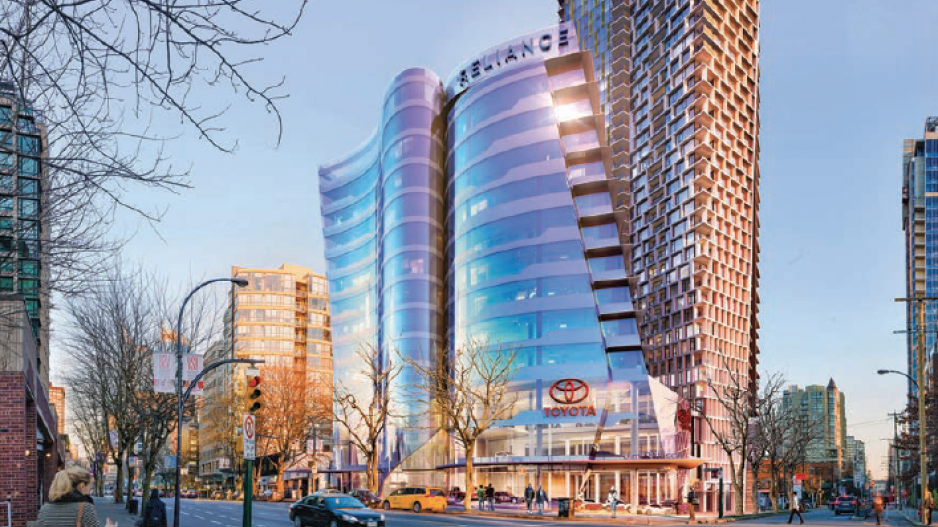Gentrification? Maybe not
Portland, Oregon, think-tank City Observatory issued a report last month pointing to persistent poverty rather than gentrification as the key challenge cities face.
City Observatory takes a particular interest in the proliferation of neighbourhoods where more than 30% of the households are living in poverty and the more prosperous precincts where just 15% of households or fewer are below the poverty line (Canada’s closest equivalent are households with low income after tax).
“The glare of media attention falls on those places that are gentrifying – previously poor neighbourhoods that have experienced investment and which have gained wealthier new residents,” the report states.
“While such instances of change are striking, this study shows they are rare.”
With some activists critiquing the effect new developments have on property values and affordability, and others lamenting the loss of vintage homes to new mansions, the report raises the question: is a similar phenomenon at play in Metro Vancouver?
Statistics Canada census data from 1999 to 2012 indicates that poverty in the Vancouver census metropolitan area is indeed both persistent and growing.
While gentrification transformed some neighbourhoods between 1999 and 2012, the proportion of census tracts with 30% or more of tax filers living in low-income households increased to 7% from 5%. Moreover, the number of prosperous census tracts – those where 15% of tax filers or fewer are low-income – dropped to 25.5% from 32% over the period.
In addition, three key Metro Vancouver areas remain hubs for low-income tax filers: Vancouver’s Downtown Eastside as far east as Nanaimo Street; downtown New Westminster; and the tracts along Garden City Road in Richmond, from the Fraser River to Westminster Highway.
Yet if poverty is quietly spreading across the region, creating more tracts with high concentrations of low-income households, many tracts that formerly had high rates of low-income households are now faring better.
In fact, 20.8% of families were deemed low-income in 2012, only slightly higher than the 20.2% rate posted in 1999.
Start your engines
The announcement four years ago, in October 2010, that the Jim Pattison Group was joining forces with Reliance Properties Ltd. to redevelop an assembly of 27 parcels at Burrard and Davie streets in Vancouver came as proposals for office properties were surging.
With the city entertaining or anticipating proposals for five sites in the downtown core, Brent Toderian, the city’s director of planning at the time, was pleased with what was considered a rebound in activity.
“We’re quite pleased with the very strong interest we’re seeing in stand-alone office projects as well as mixed-use projects that include office. Both of which are telling us that office construction is very viable right now,” he said.
Today, tenants are preparing to occupy the first of 2.1 million square feet of downtown office construction that followed.
But the Pattison-Reliance project – to be known as Burrard Place – only recently applied for a development permit, three years after beginning its journey through civic processes. The proposal calls for three towers including 826 residential units, 224,200 square feet of office space, and 75,719 square feet of retail space (a three-level Toyota dealership, temporarily relocated to the former Mercedes-Benz dealership that Yuanheng Holdings Ltd. owns on Broadway at Hemlock, will anchor the office tower).
Refinements to Burrard Place since it was initially announced include a maximum height of 55 storeys for one of the two residential towers, the third-tallest in Vancouver at a site that ensures the project will become a landmark.
Home advantage
Year-end figures from the Real Estate Board of Greater Vancouver bring to a close two years of steady growth in the benchmark price of resale homes in the board’s jurisdiction.
While price gains tend to be weaker in the latter half of each year, they turned negative following the financial crisis of 2008. But no more.
In 2013 and 2014, gains logged in the first six months of each year were furthered in the second half. As of December 2014, the benchmark price was $638,500, 5.8% higher than in December 2013. •




